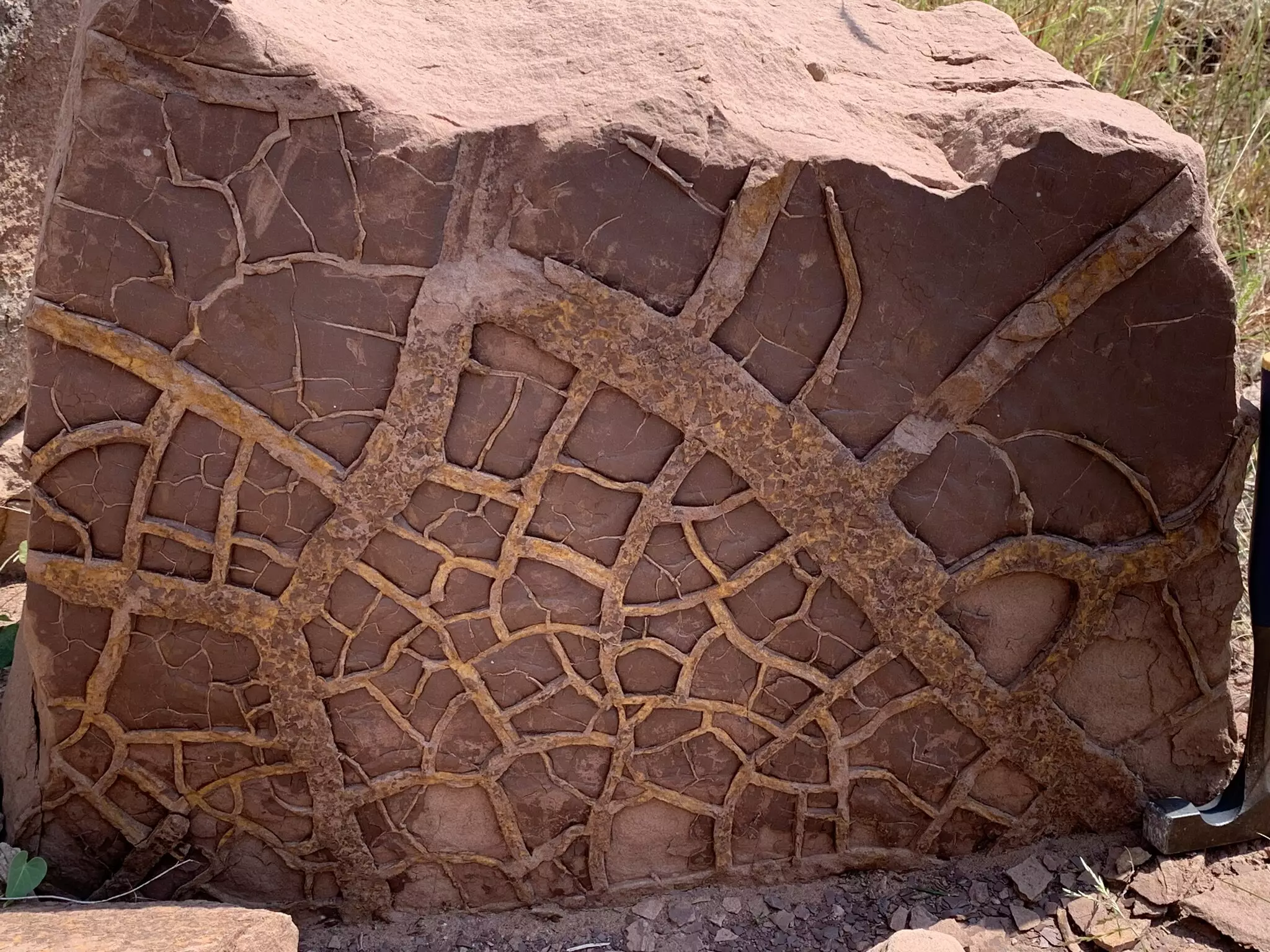The Permian-Triassic extinction event, which occurred approximately 252 million years ago, represents one of the most significant and devastating extinction events in Earth’s history, claiming around 96% of marine species and 70% of terrestrial vertebrates. While volcanic eruptions in present-day Siberia have long been implicated in this mass extinction, recent research suggests that the chaotic climatic shifts driven by intensified El Niño events played a crucial role in exacerbating the severity of extinction during this period. This newly identified mechanism not only highlights the fragility of life in the face of rapid environmental shifts but also serves as an ominous reminder of the potential consequences of today’s climate crisis.
At the heart of the latest research is the understanding that it was not merely the gradual increase in average global temperatures that drove species to extinction, but rather the extreme climate variability marked by intense weather patterns. As Dr. Alexander Farnsworth pointed out, while species today at risk from rising temperatures can migrate toward cooler latitudes, the unique and chaotic climatic conditions that characterized the Permian-Triassic era left little room for adaptability. Fluctuations between drought and flooding rendered previously stable habitats uninhabitable. This dynamically shifting climate is akin to a double-edged sword, not only making conditions hotter but also creating a constantly changing environment that was impossible for most lifeforms to navigate.
Research into fossilized remains, particularly the oxygen isotopes found in conodonts—small, extinct marine organisms—has provided invaluable insight into the paleoclimate of the era. Analysis of their remains reveals a dramatic decline in temperature gradients, indicating that the world was heating uniformly—a process rarely observed in previous extinction events. This newfound data led researchers to conclude that longer and more intense El Niño events were prevalent during this time, creating a feedback loop that perpetuated excessively warm conditions. Such pervasive warmth impedes the natural resilience of ecosystems, breaking down the networks of life that once thrived.
In line with this premise, climate modeling has depicted a scenario where the Earth endured persistent, punishing El Niño conditions that lasted much longer than the transient phenomena observed today. These conditions led to extended periods of drought followed by sudden deluges of rain, resulting in a climatic rollercoaster that made survival increasingly precarious for many species.
An underlying issue in this extinction event was the dieback of plant life—vital organisms that serve as the foundation of terrestrial ecosystems. The rapid warming and extreme climate variability severely disrupted plant growth, thereby limiting the food resources available for herbivores and the ecosystems built upon them. In essence, the collapse of vegetation removed one of Earth’s vital mechanisms for carbon dioxide absorption, trapping the atmospheric gas and perpetuating further warming.
The research illustrates that the consequences of such extreme climatic change are profound and multifaceted. With vegetation struggling to survive, it resulted in rampant wildfires, which left vast land areas scorched and inhospitable. The research team’s findings pointed toward the alarming presence of charcoal deposits in ancient sediments, corroborating the hypothesis of widespread forest fires that accompanied this climate crisis.
As the Earth confronts unprecedented climatic challenges associated with human-induced carbon emissions, understanding historical extinction events like the Permian-Triassic can offer critical insights into potential future outcomes. The profound shifts in ecosystems during the Permian-Triassic offer a stark cautionary tale: life, as we know it, could face vulnerability not just due to rising temperatures but due to increasingly unpredictable environmental conditions that may disrupt the delicate balance of ecosystems.
While the resilience of certain species led to survival, most did not adapt quickly enough to the rapidly changing conditions. It raises troubling questions about the fate of today’s flora and fauna in an era of rapid climate change.
Although the Permian-Triassic extinction was a catastrophic event, it ultimately set the stage for the evolution of new life forms, including the rise of dinosaurs in subsequent eons. Such mass extinctions, albeit tragic, are part of Earth’s rhythm of renewal and evolution. As we face our own climate crisis, the lessons learned from history could inform our approaches to conservation and policy, potentially steering the future of life on Earth toward greater resilience. This retrospective analysis should not merely provoke fear, but inspire caution and foresight in our interactions with the natural world.

